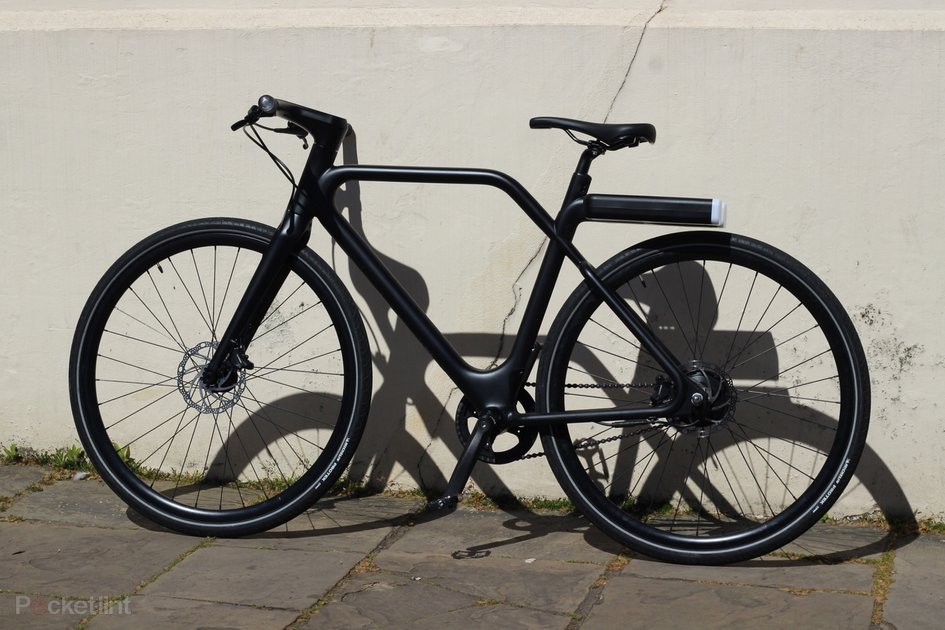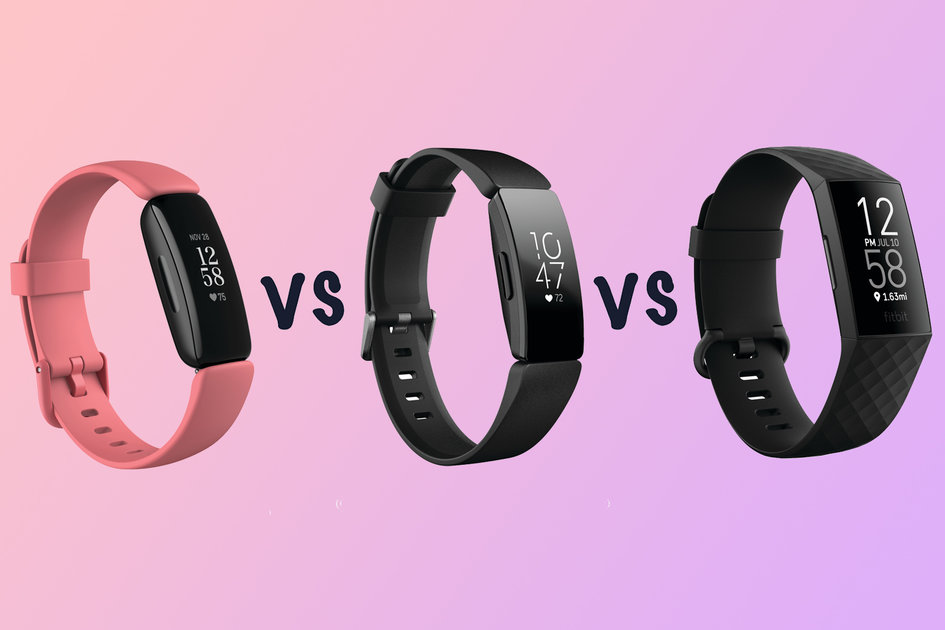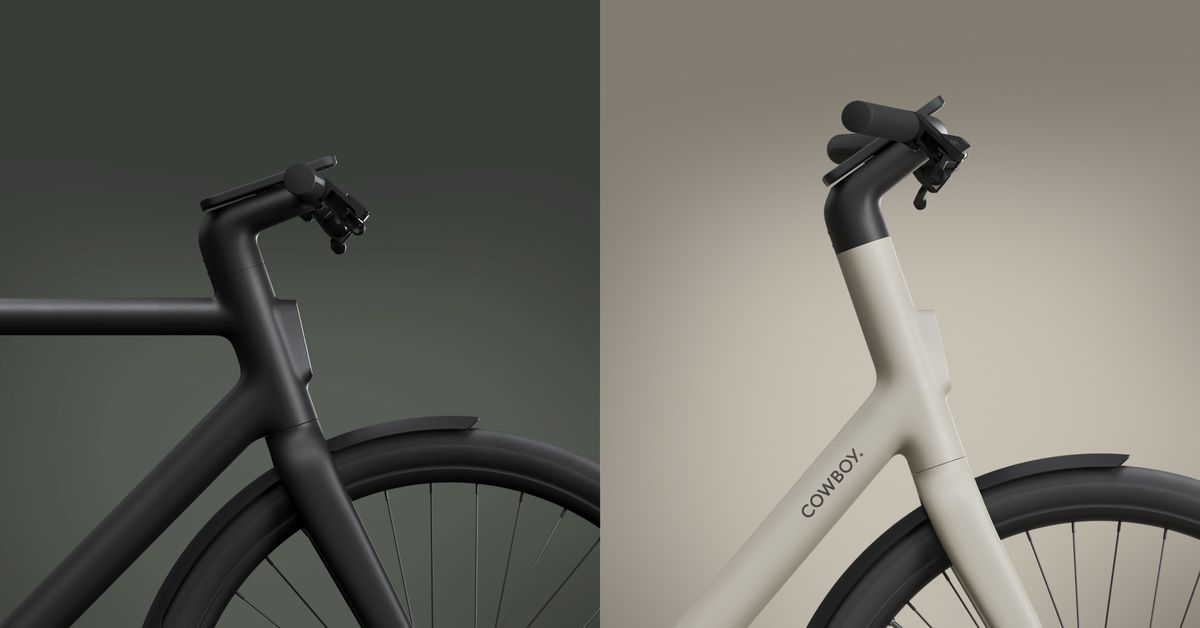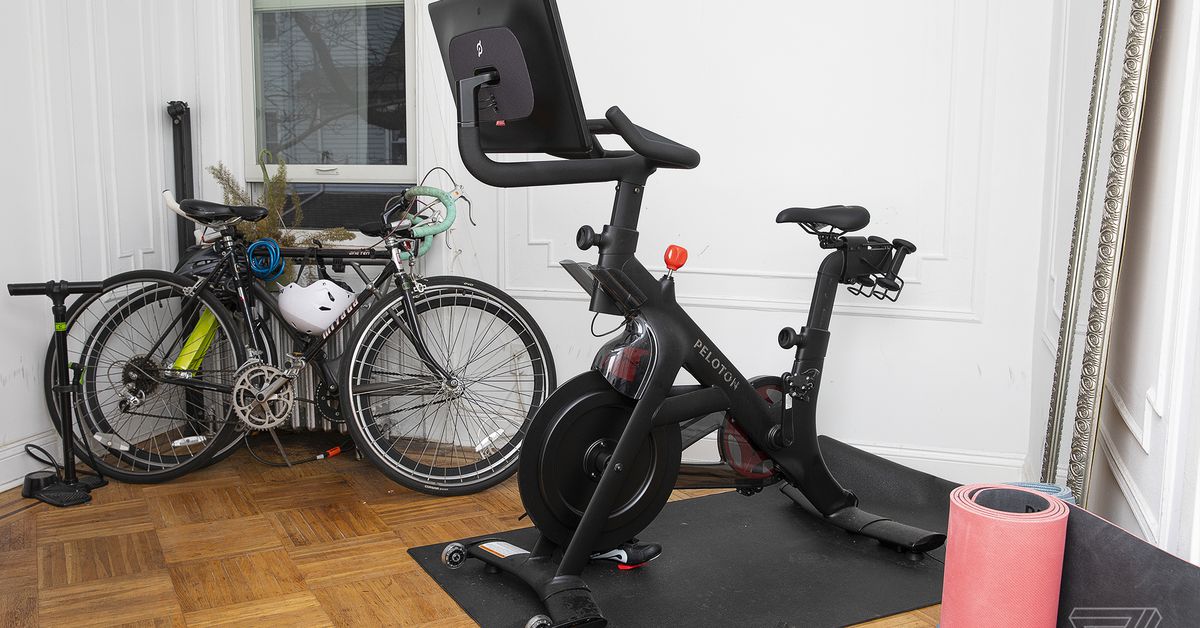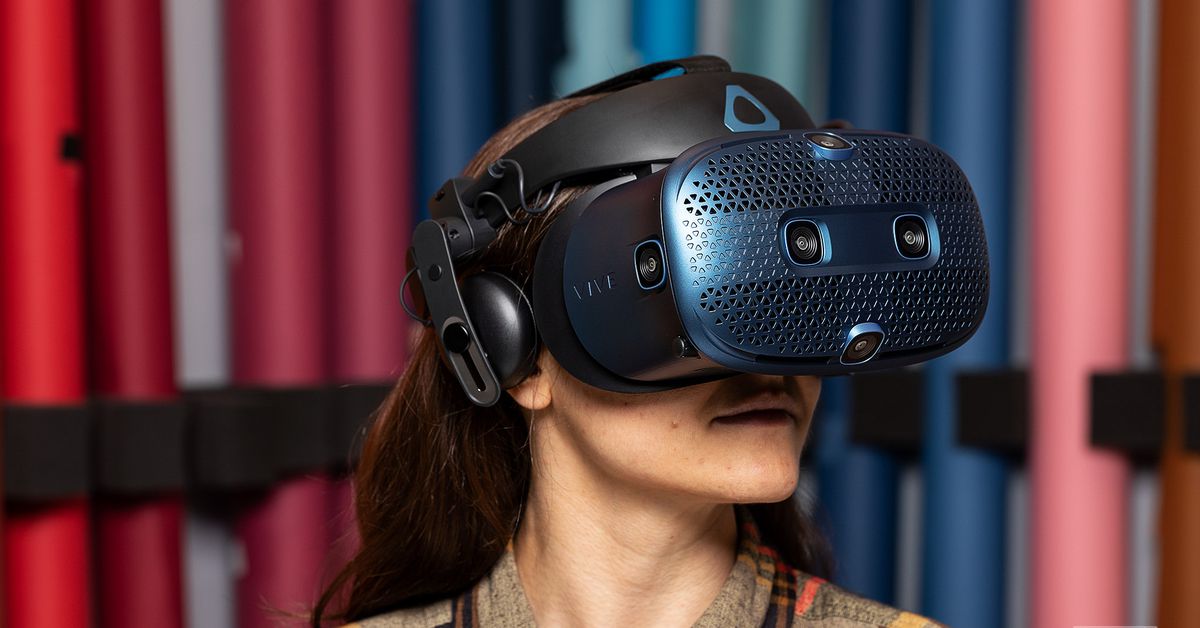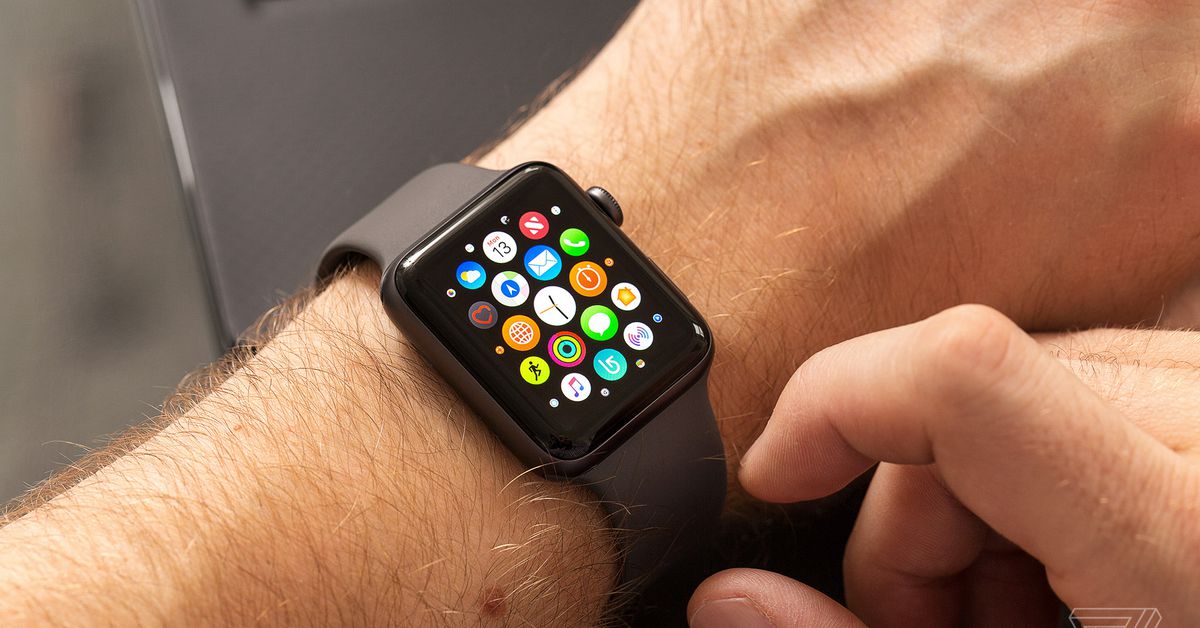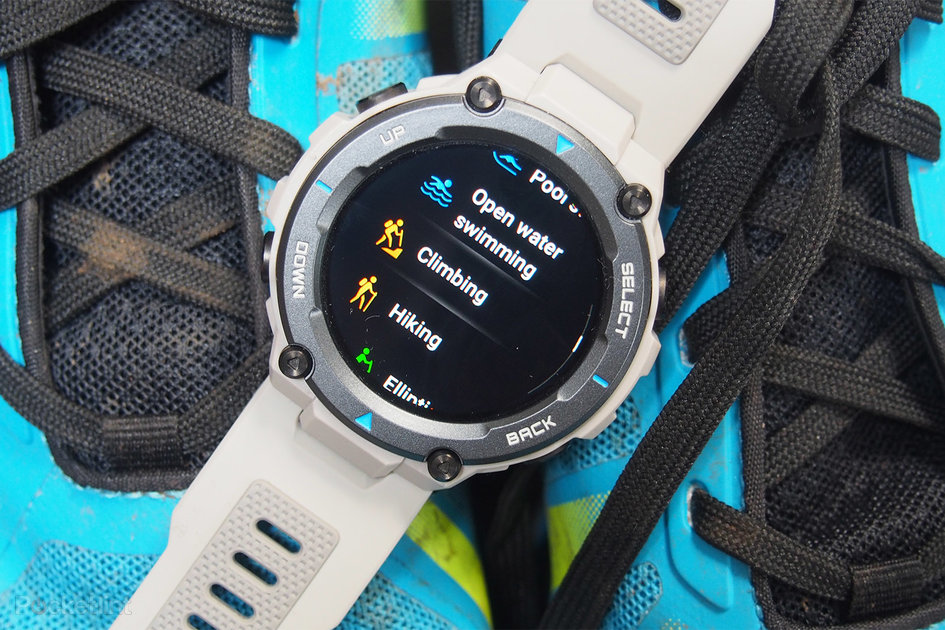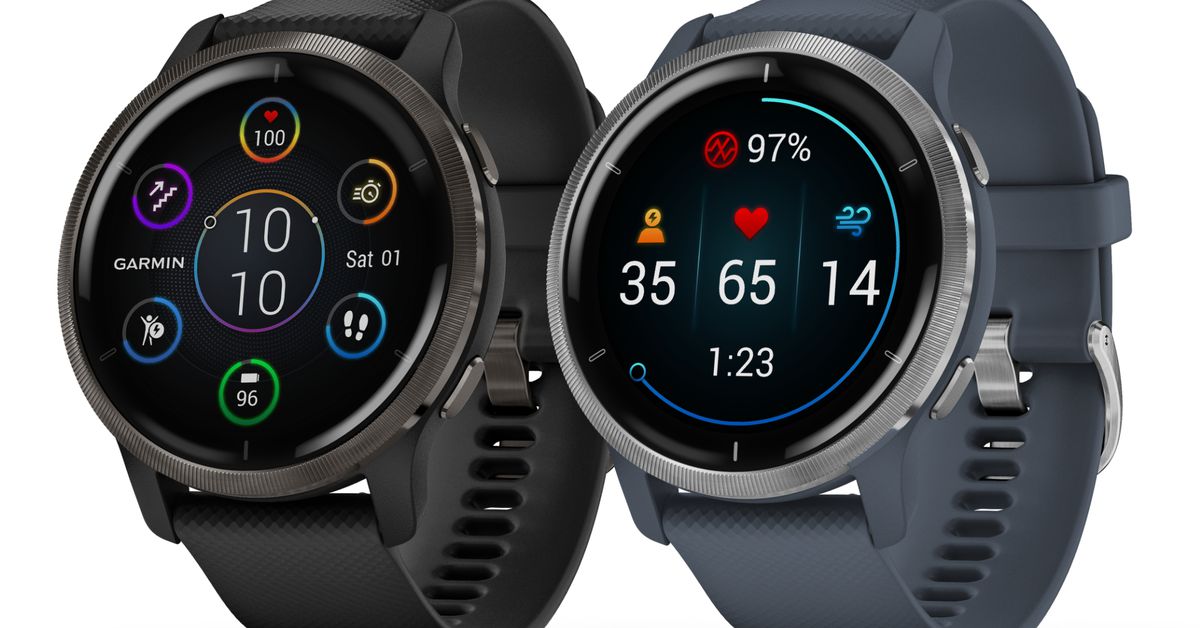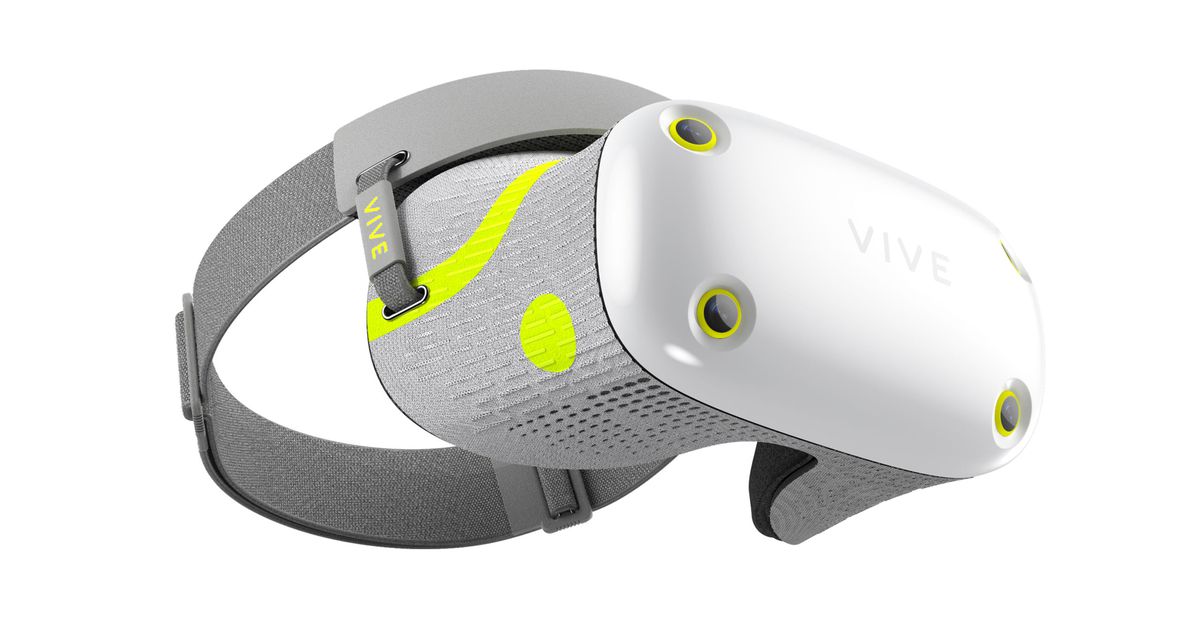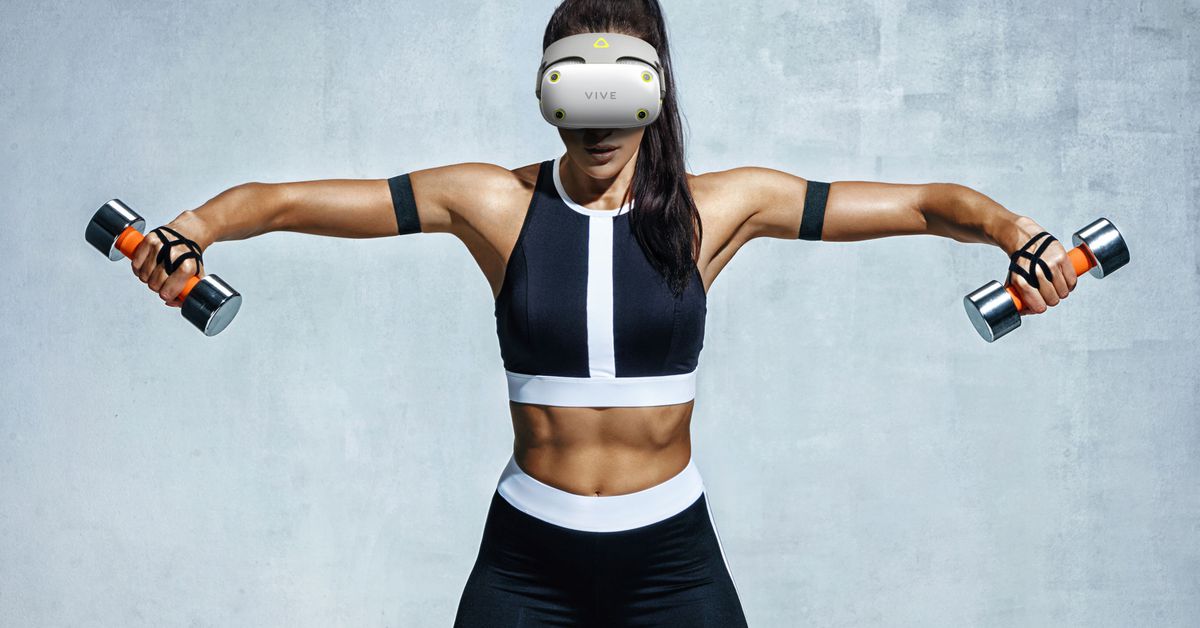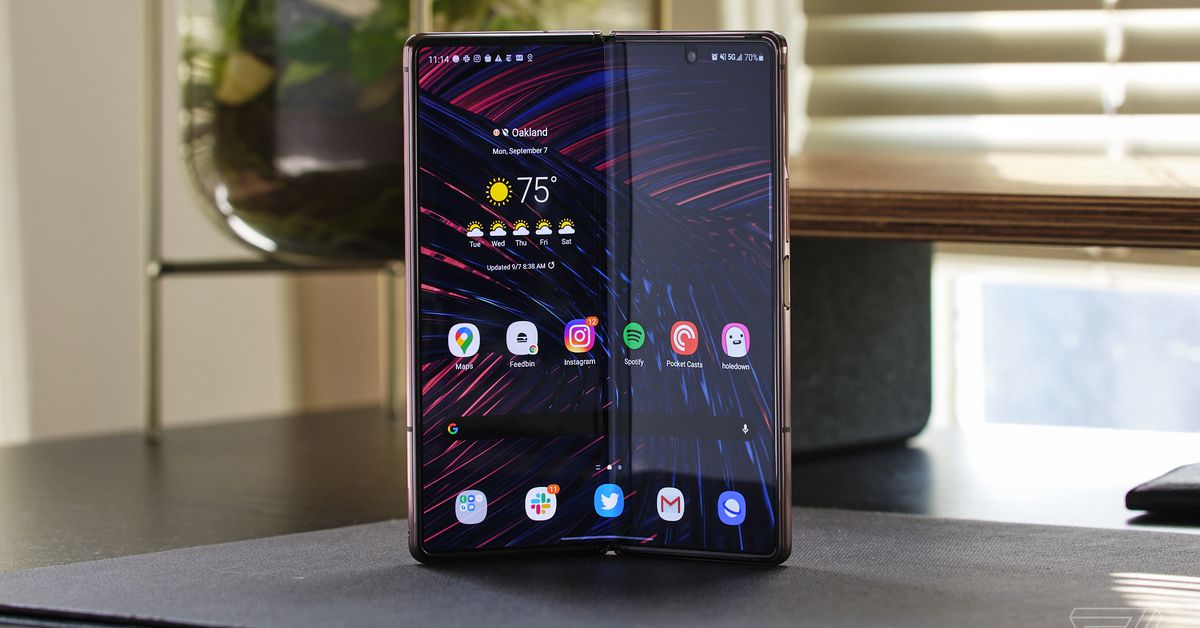(Pocket-lint) – The e-bike space is a fascinating one at the moment, with big brands hopping on board to release their own electrified bikes, but a very healthy independent scene also pumping out unique options too.
- The best electric bikes: Get around fast on these top ebikes
One such bike is the Angell, a French bike that doesn’t look like anything else on the market (although that’s a statement increasingly true of a bunch of e-bikes), so we’ve put it through its paces to see how it fares compared to the increasingly spicy competition.
Design
- Available in silver or black finishes
- Integrated touch display and lights
- 15.9kg (including removable battery)
Every bike has to share a few commonalities with others, and a frame is one of them – but Angell manages to find some unique design tweaks to ensure that it’s got a look all of its own. Riding the black version of the e-bike, you get a super slimline frame that’s angular and eye-catching.
Its core boast is how lightweight it looks, though, and it’s not just an appearance. The Angell has been designed smartly to carry the bulk of its weight in the removable battery pack behind the saddle. It’s just 13.9kg without that battery, making it easy to pick up, and with it onboard you’re looking at 15.9kg, which is on the lighter side for an e-bike.
Pocket-lint
The two standout parts of the bike’s design are at the front and back of it. Staying with the battery pack, its u-shaped bulk can slide off the back of the Angell after being unlocked with a small key. It has a charging port to let you charge up without needing to lug the bike indoors (a key point of convenience in our experience with ebikes of all stripes), and two integrated rear lights. These lights can be turned on and off using a button on the handlebars, and also have indicator functions to flash amber if you want to feel even more futuristic.
That brings us to the front of the bike, which is rounded and snazzy, with a small integrated display between the handlebars and another integrated light to illuminate forwards. That display area makes for a chunky look between your arms, but is a useful way to both check what assist mode you’re using, or a variety of metrics including your current speed and how long you’ve been cycling, as well as the all-important battery meter.
- Best fitness trackers: Top activity bands to buy today
We’re slightly torn on the design. Some people we checked with found it unobtrusive and elegant, while others rightly pointed out that it’s a bit of a eye-catching way to advertise the smartness (and value) of your bike. In that way, it’s very much a matter of taste.
Pocket-lint
There are four buttons on the handlebars in total – two for indicating left and right, one for swapping assist modes, and another to turn your lights on and off – which all work well and are simple and intuitive. There are more involved touch controls on the display if you want to check out further settings and options.
Whether you actually want to use the indicators is another personal point. Although they feel like a futuristic approach to a bike’s place on the roads of our cities, we also found ourself entirely doubting whether drivers were fully aware of how we were using them, despite the brightness of the tail-lights and indicator lights on the end of each handle. Maybe in time smart bikes with indicators will become more commonplace, but for now we still fell back on good old fashioned arm-waving to make sure busses knew where we were headed.
All in all, between the sleek front-end and a battery pack that looks for all the world like the engines of a spaceship, Angell is among the most progressive and interesting-looking e-bikes we’ve tested.
Pedal assistance
- Up to 90km / 56mi range
- Three pedal assist modes
- 25kmph/15.5mph maximum speed (regional limits may apply)
Angell thankfully manages to match its new-fangled looks with a smooth and responsive ride. There are no gears for you to worry about here, just an automatic shifter and a few assist modes to choose from.
You can ride it without any help if you like and its lightness makes this bearable if the battery runs out. But the main options are FlyEco, FlyDry and FlyFast – each one ramping up the amount of boost you get, and consuming more battery as a result.
Pocket-lint
In Eco the boost means a gentle bit of help from a standing start, while Fast gives you a palpable whoomph as you start to pedal. It’s the Dry middle option that most people will default to, we feel, as it gives a great balance of comfortable acceleration with ease and safety.
- Best turbo trainers: Get bike training indoors
The overall ride is up there with Cowboy and VanMoof in terms of its smoothness, with only occasional hitches as the assist kicks in a second late. It’s perfect for urban riding, with disc brakes making for great stopping distances as well. You’ll find Angell gives you a welcome boost when you start pedalling, and it’s easy to manoeuvre and navigate around obstacles.
The integrated lights are a bit divisive in terms of design, but they’re super functional in use, lighting up nice and brightly so that you can forget about taking external lights with you everywhere you go.
Pocket-lint
A maximum range of 90km on the lightest assistance setting is entirely respectable and pretty much par for the course. That said, having a percentage counter for the battery on the display did give us a surprising bit of range anxiety as it ticked down, for all that the information was welcome.
The display, meanwhile, is relatively easy to use – but at times seems a bit extraneous. Being able to see your speed or route on it is helpful, but we did sometimes think we’d prefer a cleaner frame that we could mount our phone to if we really wanted all this data.
Software and smart
- Companion app
- Automatic locking and alarm
The software experience using Angell is a slightly complicated one because of that display. It lets you control a bunch of functions on the bike without needing to resort to the capable companion app.
One key function is unlocking the bike with a pin-code, which is part of a security system that’ll sound a loud alarm if the bike detects it’s being moved jarringly. We found this theft alert a little too hair-trigger, and it wasn’t always the easiest thing to tell if it was activated.
Pocket-lint
However, the display and app combine to make it fairly easy to set up navigation, or music controls on your bike, letting you keep your phone pocketed for safer riding. Whether it’s truly much safer than a mounted phone isn’t clear, but it’s certainly more sleek.
As a French bike, the app still has some slight translation issues to be worked out, but it’s nothing that’ll actually impede you as you use it. For the most part, it’s a solid software experience, but it can’t match up to the best we’ve tried from the likes of Cowboy.
Verdict
Riding the Angell was a great time in central London, and reiterated that it, and other e-bikes like it, are absolutely perfect for mid-length commutes and recreational rides. If your concern is getting from A to B without getting tired, this will do the job brilliantly.
It’s got a hefty serving of smart features, some of them unique, and an app that makes it pretty easy to explore them, plus a design that looks like nothing else we’ve tried. Being able to remove the battery to charge, meanwhile, is one of our top criteria in a modern e-bike, and it’s present and correct here.
That makes for an impressive package, and while it’s got a premium price tag to go with its charms, if you’re happy to spend some cash then the Angell will give you an all-new way to enjoy your travel.
Also consider
Pocket-lint
Cowboy
With a removable battery and the best app we’ve yet used, Cowboy’s third-generation bike remains the most persuasive one we’ve tried, and it comes in cheaper than the Angell. It doesn’t have the same design chops, but it’s brilliant fun to ride and its pedal assist is just as impressive.
- Read our full review
Pocket-lint
VanMoof S3
While VanMoof’s bikes lack the removable battery as standard, in every other regard they’re the smoothest ride we’ve experienced from an e-bike, making for gorgeous cycling trips and ease of living. While still premium priced, they’re even more affordable than the Angell.
- Read our full review
squirrel_widget_309573
Writing by Max Freeman-Mills. Editing by Mike Lowe.
